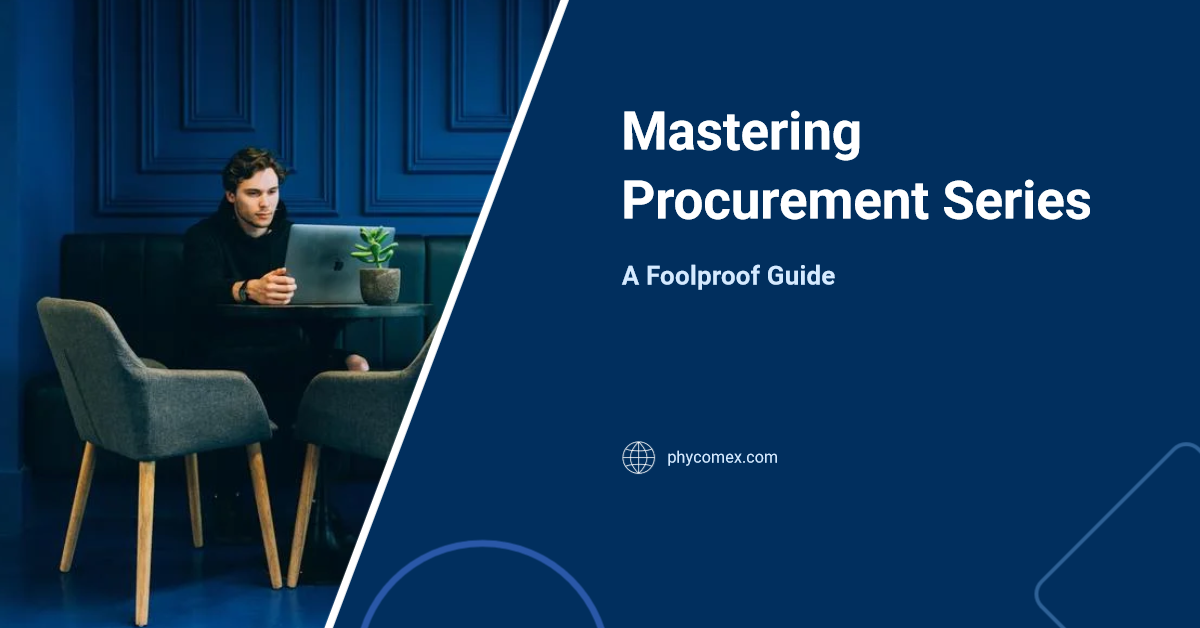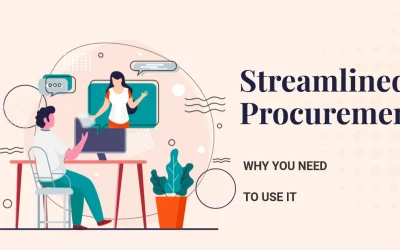Are you looking to become an expert in the procurement process? With this guide, you can!
We’ll provide you with all the tools to confidently navigate the process, from identifying needs to delivery and audit.
You’ll learn how to select the right supplier, negotiate contracts, and create purchase orders.
Plus, we’ll cover invoicing, payments, delivery, and audit procedures.
Get ready to master the art of procurement!
Identifying Needs
Start by recognizing the needs of each department to create a strong procurement process. This is the first step in a successful procurement process, as it enables you to gain visibility of all the spending required in the company and set a budget based on the identified needs.
It also helps you determine the quantity and type of goods or services needed, as well as the machines necessary to meet customer demands. All of these factors contribute to the efficiency of the procurement process and can help you allocate your budget effectively.
Supplier Selection
Once you have identified your needs, the next step in mastering the art of procurement is selecting the right supplier. Evaluating supplier qualifications is key to making the best decision. Make a list of potential suppliers and compare their strengths and weaknesses.
Look for suppliers that are accountable, have good production capabilities, and effective communication. Building strong supplier relationships is also essential for success. Prioritize loyalty and timely payments as they can lead to additional benefits.
Contract Negotiation
Frequently and carefully, you should negotiate a contract with your suppliers for a successful procurement process.
There are effective negotiation strategies that can be employed in order to create a balanced agreement and key elements that should be included in the contract.
Make sure to consider the scope of the project and the timeline for completion. Research the market to ensure you’re getting the best deal and agree on payment terms.
Establish accountability and communication to ensure both parties are satisfied. Be sure to document the entire process and keep a copy of the contract for reference.
Purchase Order
Creating a purchase order is essential to mastering the art of procurement. It should include a description of the goods or services, total costs, and quantity. Obtaining approval of the workflow is also necessary. To ensure a successful purchase order, it’s essential to include reference numbers and agreed payment terms. Tracking and automating the purchase order process can be done with ease.
Here are three tips to help:
- Utilize a software solution to streamline purchase order tracking.
- Automate the process to save time and resources.
- Keep a record of each purchase order for reference.
Invoice and Payment
Once you receive the invoice from the supplier, you must pay promptly to ensure successful relationships with suppliers. The benefits of timely payments include avoiding potential problems and extra costs.
To build strong supplier relationships, paying invoices on time and keeping a record of supplier performance is important. Loyalty and timely payments can result in additional benefits, such as discounts and exclusive offers. Keeping a record of the invoice for future reference is also beneficial.
This helps in assessing supplier performance and budgeting for future orders. Establishing a good relationship with suppliers is key to a successful procurement process.






0 Comments